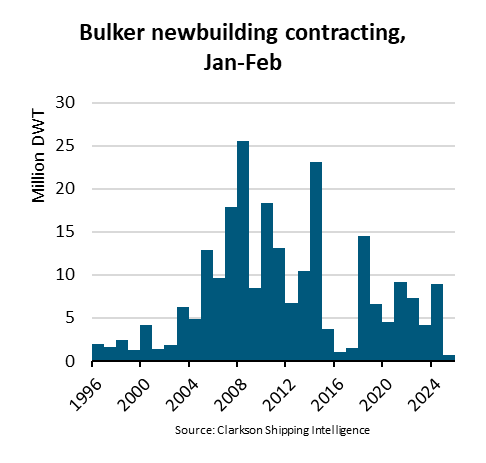Hamburg, 09/01/2023: Container xChange released today the
Container LogTech predictions report for 2023 which highlights important global trends that the shipping and supply chain industry will witness in 2023. The report draws attention to some of the most pertinent issues that industry will witness this year thereby helping professionals to prepare better for navigation.
“The overall outlook for the year 2023 for the supply chain industry remains challenging. Europe is hit hard with all-time high inflation; China struggles to cope with the virus and the US continues to witness hinterland transportation challenges and labour unrest. Most of these challenges will stay in 2023. Consumer confidence will pick up, but it really depends on whether we witness more disruptions in the coming times.” said Christian Roeloffs, cofounder and CEO, Container xChange, an online container logistics platform.
Most of the experts surveyed foresee that inflation and recession will have a greater impact this year and will be the biggest driver of disruptions.
"Due to inflation increasing, there’ll be more unrest in the labour market which will certainly lead to more strikes, specifically in Europe, the UK and North America. And as we have seen before, strikes result in slow operations within the port which can exacerbate supply issues." said Aamir S. Mir, Chief Operating Officer (COO), Caspian Container Company SA as part of the interviews.
Talking of rates, the report further predicts that the Long-term shipping contract rates will see an uptick in 2023, though gradually. This slow increase applies to all modes of transport. With negotiations going on to bring contract rates in line with spot rates, a reset is expected. On the other hand, until there is a balance reached between supply and demand, forwarders will favour short-term contracts until the rates stabilize. “Freight forwarders will employ a ‘wait and see’ approach before making any long-term air cargo capacity commitments particularly.” the report claims.
Trucking rates for both dry and reefer cargos will continue to drop in 2023. Freight tonnage will continue to contract as market conditions and volumes return to pre-pandemic numbers.
The unresolved worker strikes of 2022 will spill over in 2023. Furthermore, the chances of new strikes coming up are high due to inflation-related rise in prices putting pressure on workers' disposable incomes. Labor dissatisfaction might grow in European and North American economies. In that case, it will cause disruptions in global supply chains.
"Two, almost three exceptional years for carriers are definitely coming to an end. They will have to adapt back to lower margins due to a different supply and demand balance. Many customers, forced into high-cost contracts during the up-cycle, will come for revenge in the down cycle. And regulatory pressures, following excessive profits might appear on top of that, be it through bodies like FMC, EU or China's MOC, as they each reviewing alliance exemptions, new taxation regulations, or precedence cases from several complaints raised by shippers at different institutions." said Ruben Huber, Founder and Director, OceanX.
The report further covers the
growing expectation of 3PL (third party logistics) market to solidify in 2023. Reportedly, it's projected to reach $1,789.74 billion by 2027. Another key trend on the list is aroundthe
digital transformation of the industry. In the years to come, the adoption of digital technologies in shipping will focus on vessel schedules, intuitive booking interfaces, instant slot booking, and capacity confirmations. In this regard, the industry’s major concern will be on having systems interact directly via automating the Data-Analysis-Decision-Action cycle.
The opinions expressed herein are the author's and not necessarily those of The Xinde Marine News.
Please Contact Us at:
media@xindemarine.com


 Ningbo Containerized Freight Index Weekly Commentar
Ningbo Containerized Freight Index Weekly Commentar  Ningbo Containerized Freight Index Weekly Commentar
Ningbo Containerized Freight Index Weekly Commentar  Ningbo Containerized Freight Index Weekly Commentar
Ningbo Containerized Freight Index Weekly Commentar  BIMCO Shipping Number of the Week: Bulker newbuildi
BIMCO Shipping Number of the Week: Bulker newbuildi  Ningbo Containerized Freight Index Weekly Commentar
Ningbo Containerized Freight Index Weekly Commentar  Ningbo Containerized Freight Index Weekly Commentar
Ningbo Containerized Freight Index Weekly Commentar